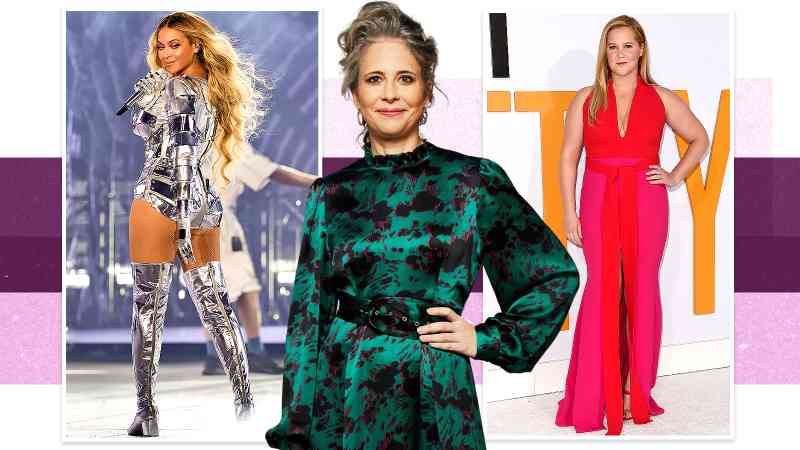I can think of things I would rather be doing in early January than measuring my waist. But the personal stylist Anna Berkeley, one of the best I have come across, has recently launched Think Shape, an app designed to make clothes shopping as easy as 1-2-3. So I decided to bite the bullet, by which I mean put a number on the bulge.
My waist measurement is one of the more predictable numbers I have to type in, but the app also asks for everything from my wrist circumference to my jaw size to come up with one of nine “goddess” body types — “more empowering”, Berkeley argues, than the apple and pear categories we grew up with. The whole process, which seems a bit overwhelming when you first download the app, takes me no more than ten minutes.
Berkeley’s goddess taxonomy has also given her the latitude to finesse the different categories she has been working with for the decade that she has been offering a one-to-one service she calls “bodymapping”. Artemis, Hestia and (ahem) Eirene, for example, are three different types of hourglass figure. Yes, three. (See below.) One of her many interesting asides when we speak is that the classic hourglass, aka Hestia, is “much less common than it used to be”, especially once menopause hits.
What determines your type has nothing to do with your size, incidentally. Berkeley has been careful on the app to avoid using potentially negative words such as “big” and “large”. “It’s a minefield,” she says, laughing. Women and their bodies. Fraught indeed.
Turns out I am Athena, which does sound considerably more alluring than the “rectangle” clarification offered up by the app, aka “a broader, straight line figure” with “shoulders, bust and hips roughly equal” and (sigh) “an undefined waist”. I’d also be more than happy to be characterised as a “Kim Cattrall”, one of the celebrities Berkeley has identified as a particular body type for The Times. Interestingly mine has changed since I was bodymapped by Berkeley in 2017, a combination, we decide, of a lot of yoga and a side order of perimenopause.
You can access your own goddess free of charge on Think Shape, although there’s a charge for the more detailed analysis. Times readers will receive a 15 per cent discount on the membership cost of £35 with the code TIMES15 if they sign up by the end of the month.
With the premium package I also learn that my frame size is “bold”, which has nothing to do with one’s weight and is instead determined by the “fullness” of your bones. (The other frame sizes are “middle” and “fine”.) This determines what size of accessory is best for you, and also what scale of pattern, the rule of thumb being to match like with like, for which read, in my case, big with big.
There’s lots of detail on things such as arm and neck length, which may seem extraneous yet can be game-changing when it comes to figuring out what works for you and why. Finally there is my “form”, which is “angular”, as opposed to “curvy” or “mixed”. Again, the best approach is to choose fabrics that chime with your form, not fight it, so for me stiffer fabrics are more flattering.
• Going out? Why a cardigan is the new velvet jacket
The end result is an in-depth account of the kind of styles, cuts and combinations that will and won’t flatter me: a roadmap for what I should be buying and what I most definitely shouldn’t, complete with a series of styling videos. I am impressed. From the spring, and for an extra subscription, Think Shape will offer regular shopping recommendations.
Yet aren’t we supposed to be beyond rules? Aren’t we supposed to be able to wear whatever we like these days? “This is for women who want some help, which in my professional experience is most of us,” Berkeley says. “It’s not necessarily intuitive what suits us. It is not something we are taught. What’s really struck me working as a personal stylist is how many women feel overwhelmed and confused by what’s out there.”
Perhaps surprisingly, this is as much the case for Berkeley’s high-flying clients, she continues, many of whom work in finance and the law, as for the rest of us. “Money can actually make the problem worse, because you have more choice.” The price tag for a bodymapping appointment is £395 and there’s a waiting list of six months. Think Shape is, she says, “my way of trying to help more women.”
Here’s Berkeley’s starter for nine: the shapes; the do’s; the don’ts.
Artemis (top hourglass)
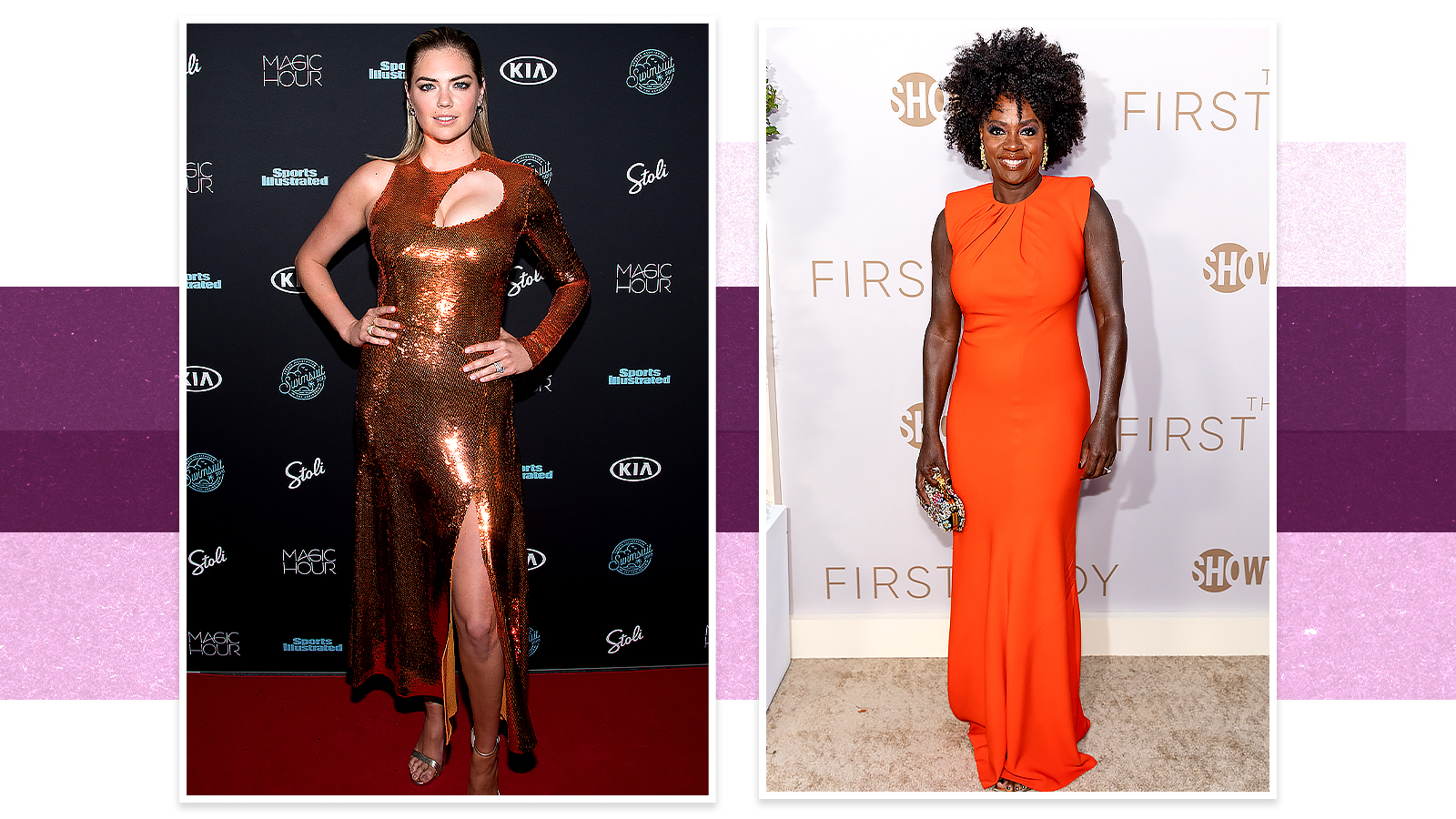
No need to explain what an hourglass is, of course. Someone who is a “top hourglass”, on the other hand, is, as the name suggests, fuller around the bust and broader across the shoulder, with a narrower bottom half. Viola Davis, Lisa Kudrow and Kate Upton are our celebrity examples.
The key, Berkeley says, as with any body shape that has one area bigger than another, is “to use your clothes to balance out your silhouette”. So avoid big shoulders or any extraneous detailing on your top half. “The Artemis often has great legs, yet if you wear skinny jeans or leggings it makes you look disproportionately larger elsewhere.” A V-neck is the most flattering neckline for a bigger bust, whatever your overall body shape. The silk shirts from With Nothing Underneath, with their extra buttons to deal with, er, boobage, get a big thumbs up.
Astraea (triangle)
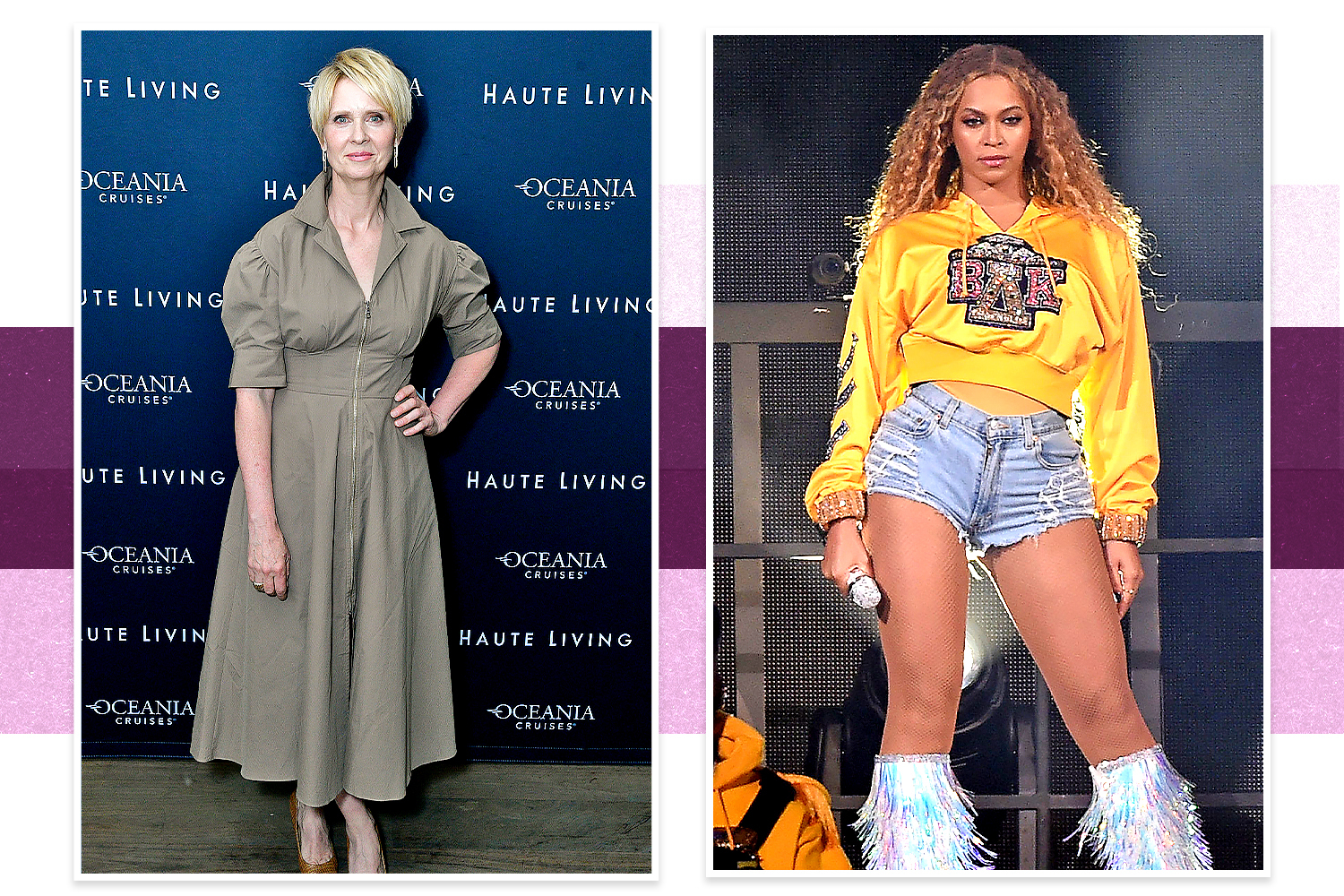
It used to be known as the pear, then it was reinvented as the triangle. Essentially, it means someone who is “hippy”, which — as evidenced by one Beyoncé and Cynthia Nixon — is absolutely not to be confused with frowsty. Working to the same theory as above, but with the opposite application, Berkeley advocates “building the upper body so that your shoulder line matches the hip line”. A strong shoulder on a jacket or a puff sleeve on a dress or blouse is your friend. The amount of volume someone can get away with, whatever their body shape, is determined by their height. The shorter you are the more subtle it should be. If you are tall you can be more dramatic, should that be your thing.
Athena (rectangle)
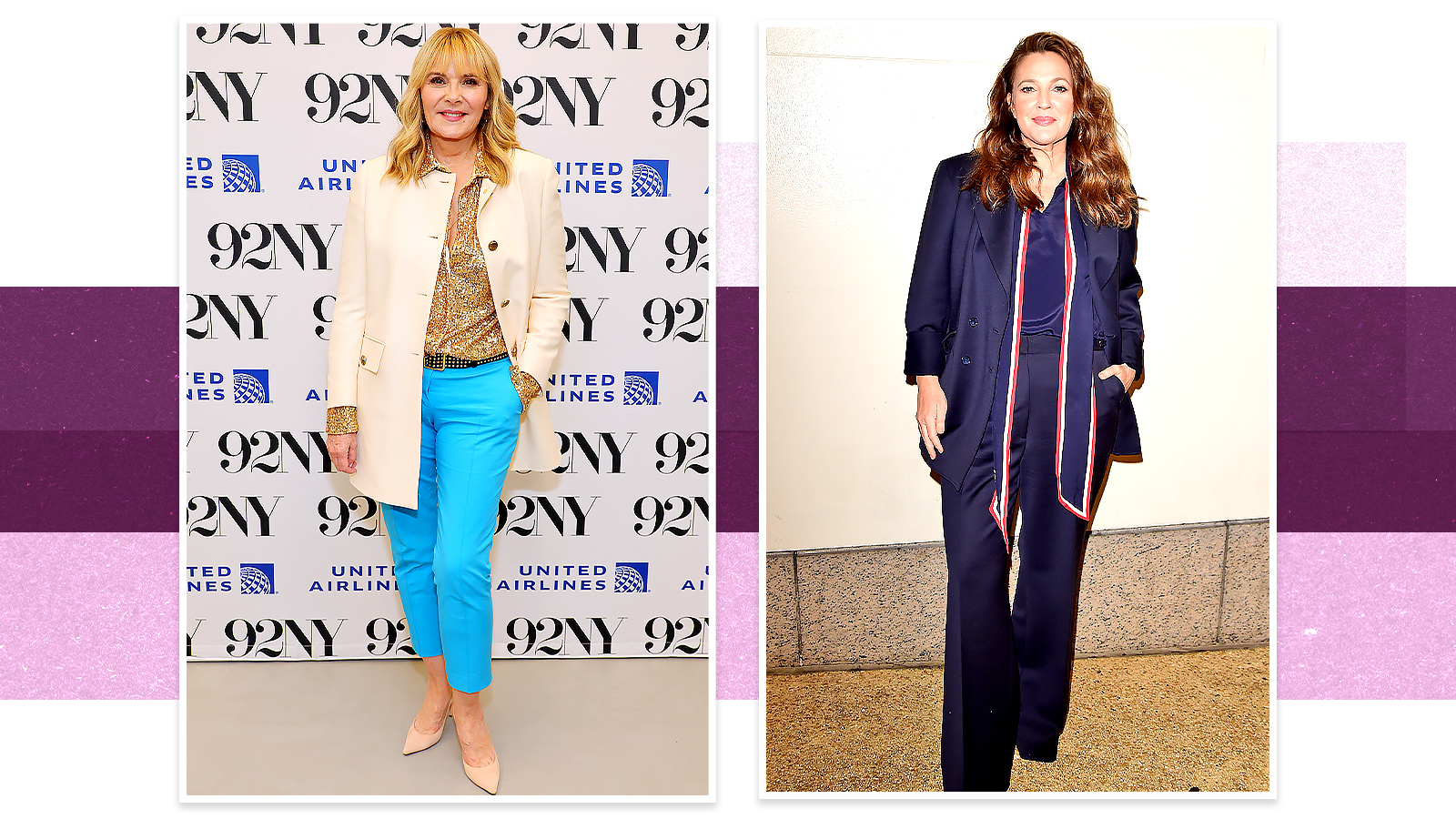
Not just me, but also Kim Cattrall and Drew Barrymore, thank you very much. We need to “create shape in the middle”, Berkeley says, which is her nice way of saying we need to cheat a waist. She is a big fan of asymmetry around the midriff, which bamboozles the eye. Isabel Marant and Stella McCartney are both good places to look. You can also deploy a tuck when wearing separates to break up that midline, although not if you are long in the body and short in the leg, because this lengthens the body. (No one said this stuff was easy.) Wide-leg trousers are good, the width that works best for you determined, again, by your height. Avoid bodycon. One word: sausage. As for bodycon with a belt, NEVER.
Eirene (bottom hourglass)
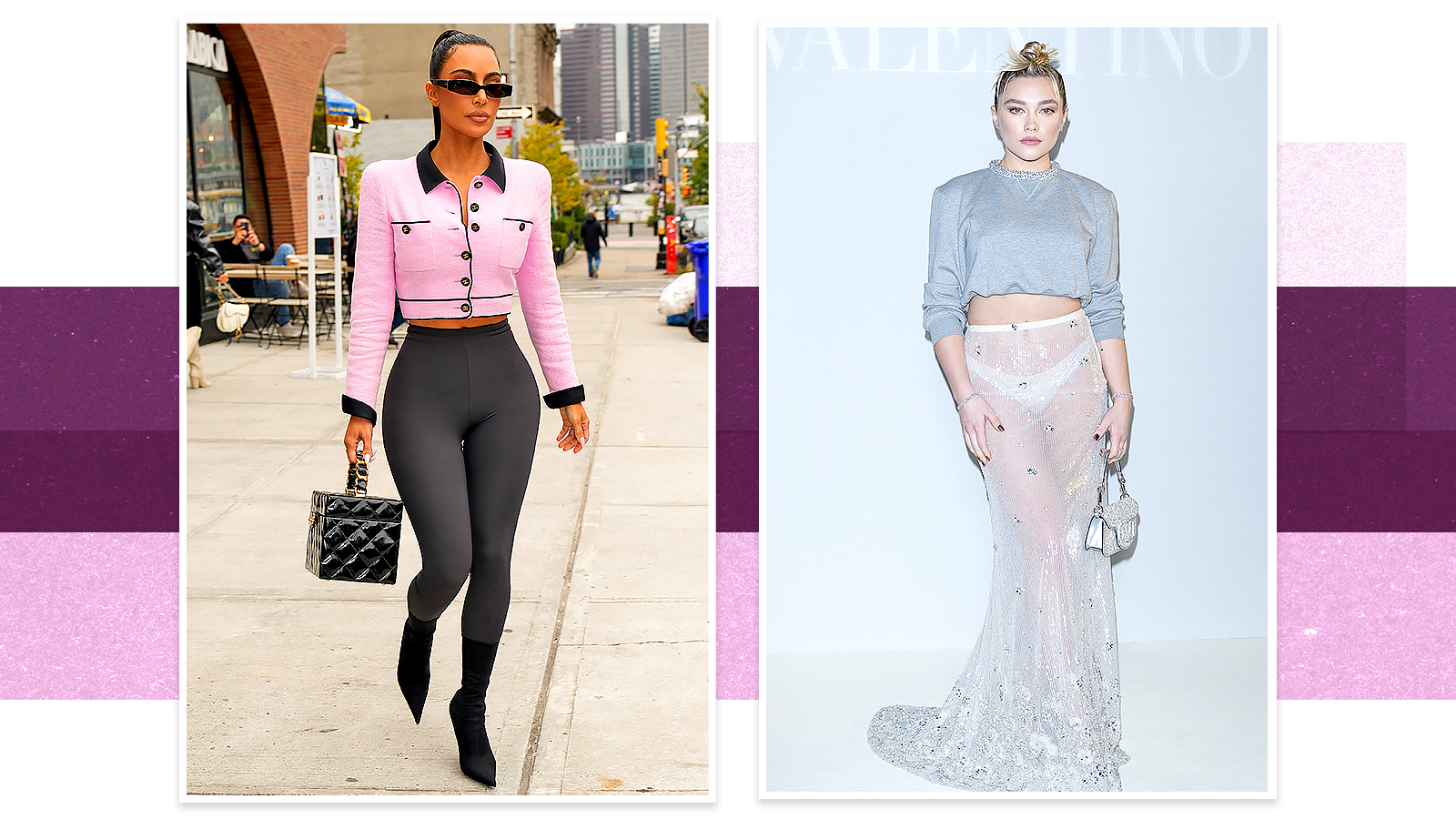
By now this doesn’t need explaining. Yes, the Eirene has a smaller bust and larger hips, as seen on no less a line-up than Kim Kardashian, Rihanna and Florence Pugh. So you need to add some bells and whistles to your top half, just like your good friend Astraea, although you have more of a bust than she does. The difference, as per the two other varieties of hourglass, is that you want to surface your curves. So stretchy fabrics are your friend on your lower half, and you can play more with structure on top.
Harmonia (inverted triangle)
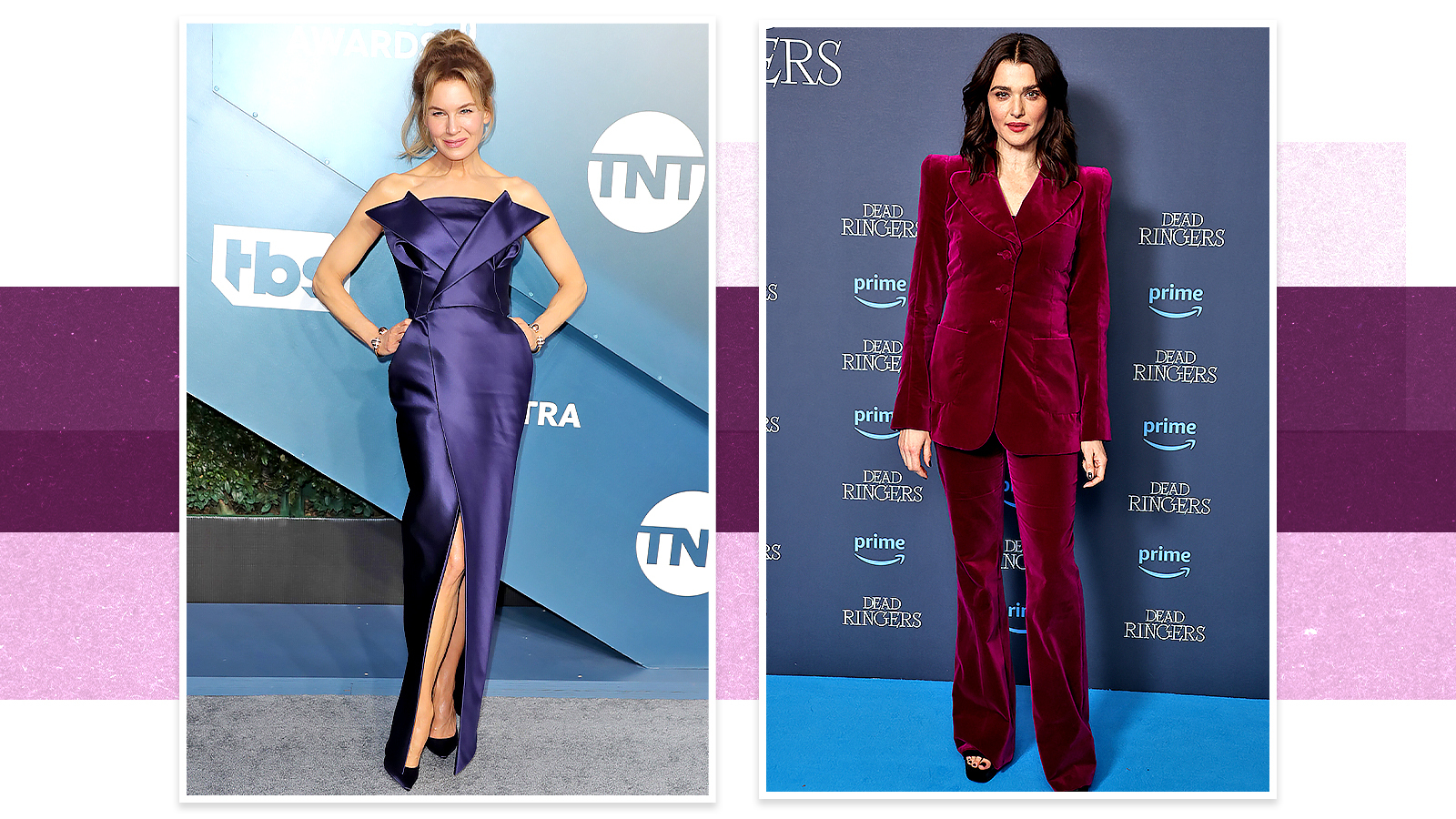
Broad across the shoulders, neat around the hips, Harmonia is frequently next to me on the yoga studio mat, I now realise. (Presumably it’s the comparatively newfangled embrace of exercise that is also changing women’s bodies. I know it’s changed mine by slimming my hips.) Harmonia has some overlap with the column shapes in that she needs to create the illusion of a waist by adding volume around the hips. Rachel Weisz and Renée Zellweger are two celebrity examples.
Hemera (column)
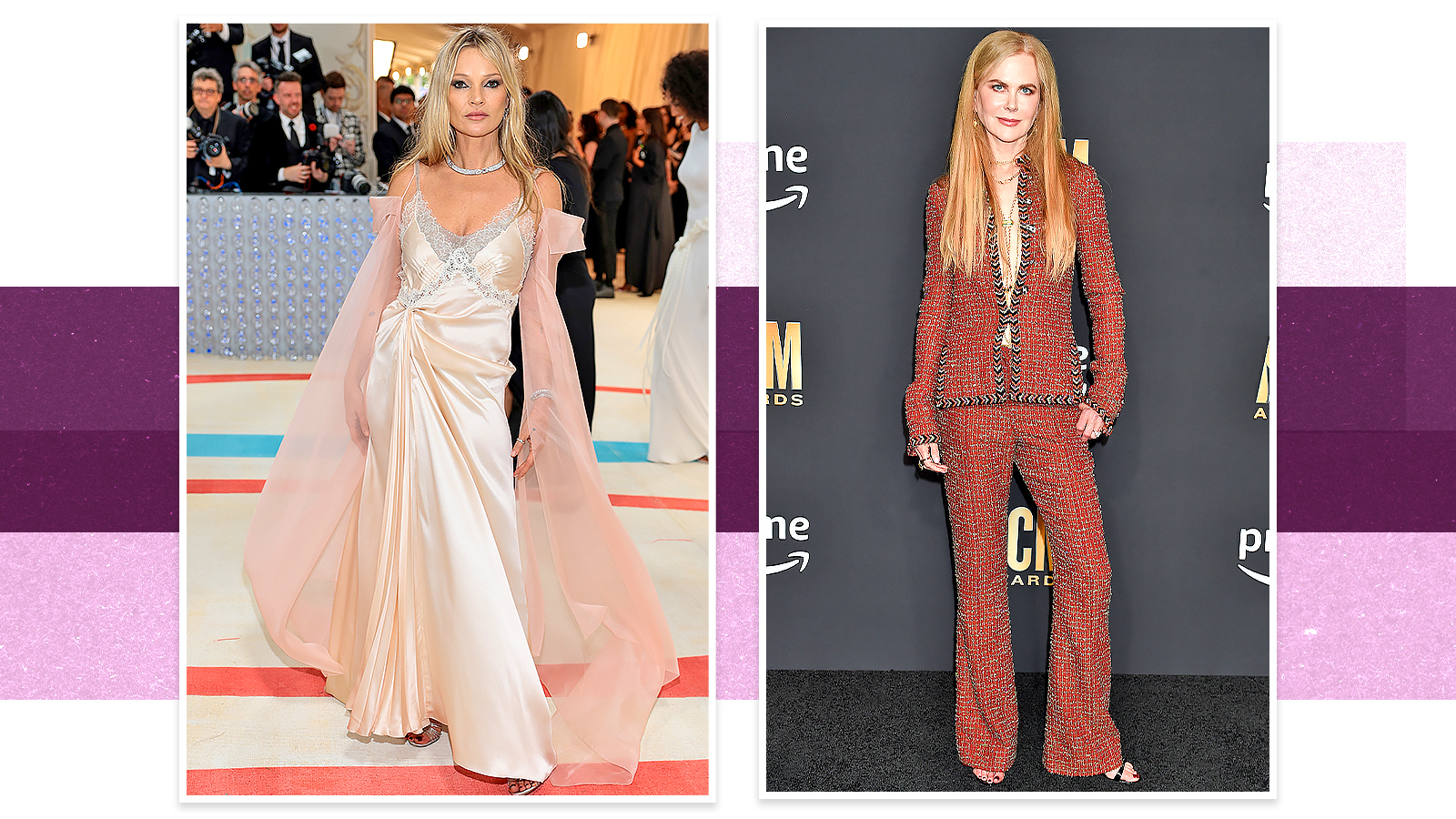
This is the archetypal “fashion body”, Berkeley says, “the one that can wear pretty much anything.” No wonder it’s the one that you see over and again on the catwalk. It means designers don’t have to worry about what works on a particular model and — I would argue — causes problems for the rest of us later down the line. Kate Moss (of course) is one example, Nicole Kidman is another. However, Hemera still looks best when “she creates shape in the body”, Berkeley insists, with something like a full skirt. “If you are tall you can go for a bigger shape, if you are more petite then a neater A-line skirt would be better.” And, as per their upsized cousin Athena, beware the bodycon.
Hestia (hourglass)
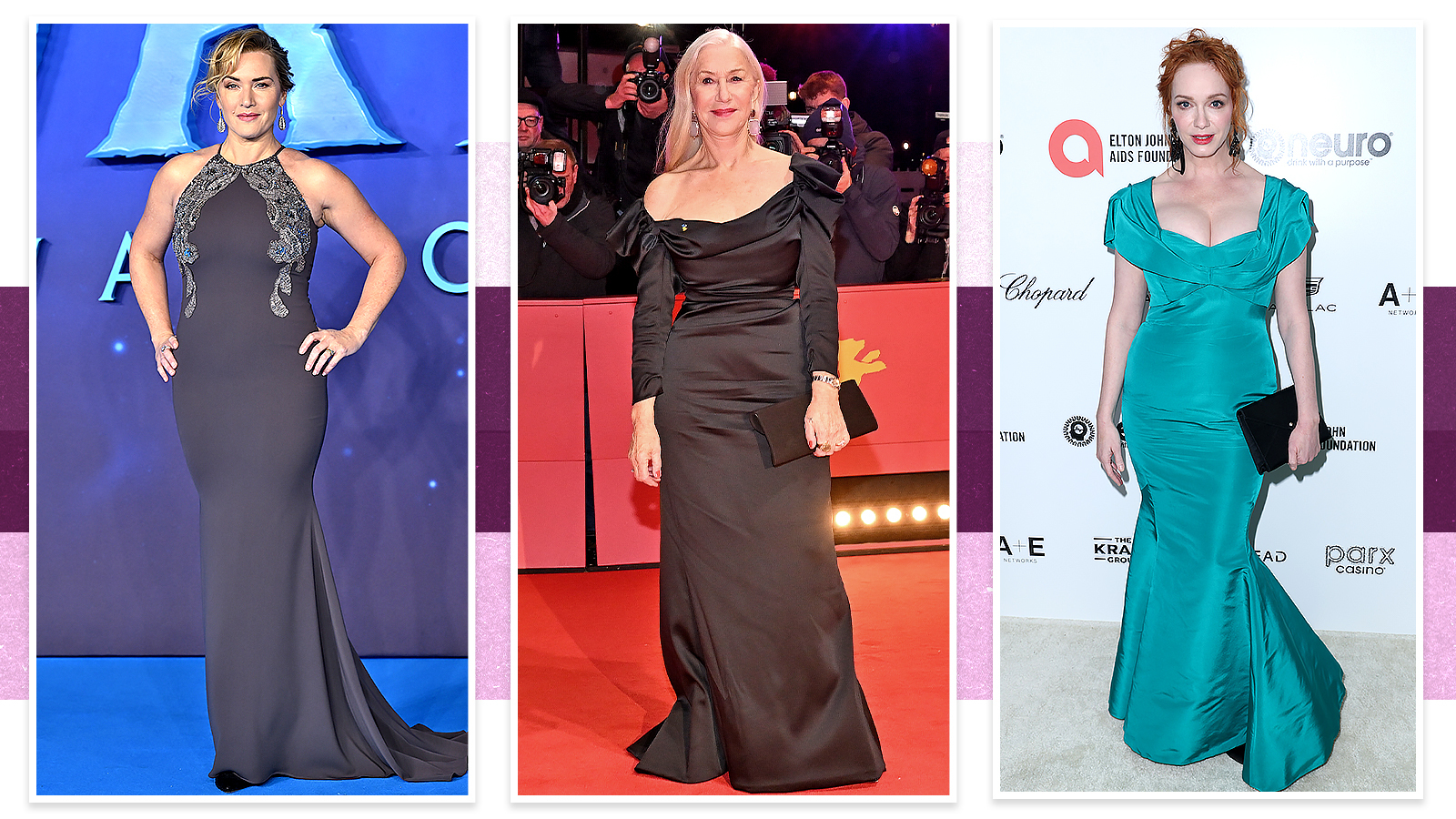
This is also “one of the easier shapes to dress”, according to Berkeley, because no balancing out is required. That said, stretchier fabrics are better, as are more fitted cuts. Anything outsize and/or stiff “kills all your shape”. Given that so much of contemporary fashion is outsize and/or shapeless there is a risk that an hourglass can appear a tad retro. “Look for more updated approaches. The current sweater dress trend would be perfect for a Hestia.” Take note, Kate Winslet, Helen Mirren and Christina Hendricks.
Selene (apple)
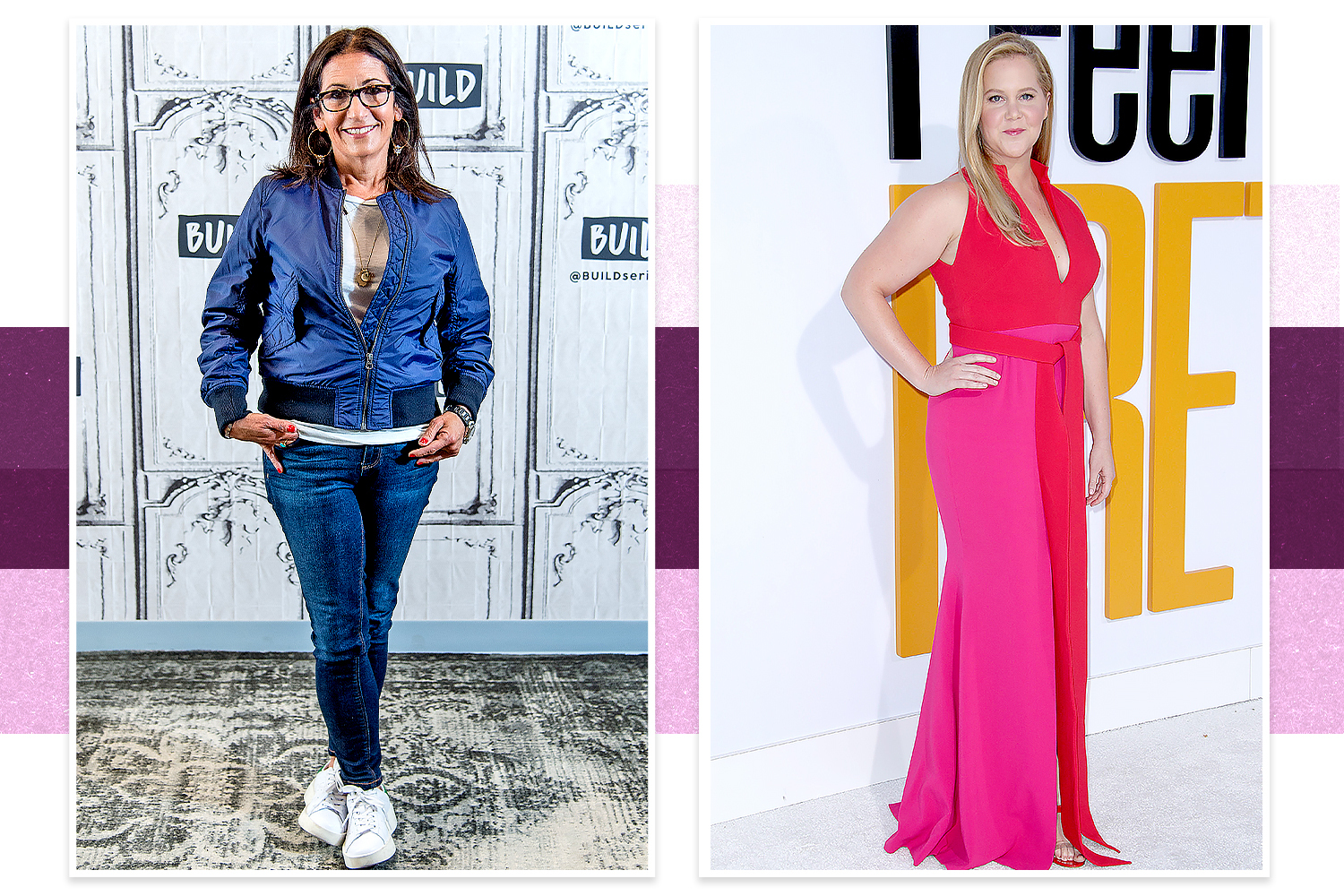
This is “one of the hardest shapes to dress”, according to Berkeley, though famous pommes Amy Schumer and Bobbi Brown are proof positive that it can be done brilliantly. “It’s all about streamlining rather than hiding.” One of the problems is fit. “Often when you buy something that fits around the midriff it is enormous everywhere else. That’s why being prepared to make alterations is key.” A dress with a style detail that draws the eye vertically, such as a line of buttons, is one go-to. “Selene often has great legs, so a babydoll style from a brand such as Me+Em can work well. Avoid wearing very slim trousers, however, which will make you look bigger elsewhere. You want a wider-leg trouser so as to build out the hip area.” Once more, your height determines how wide.
Thetis (spoon)
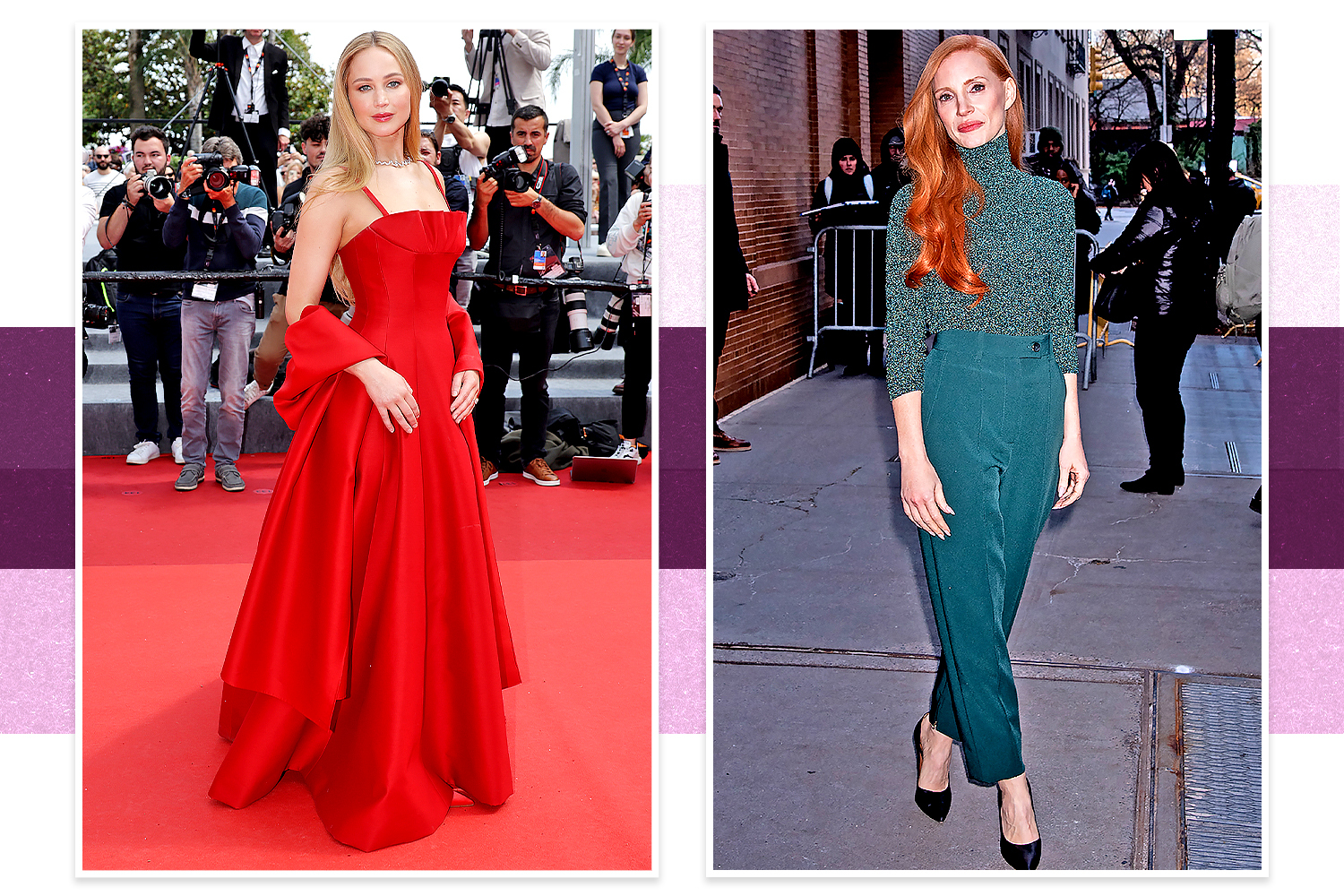
Spoon?! No, I didn’t see that one coming either, and this is one of the trickier body shapes to explain. Essentially a spoon — sorry, Thetis — has a straight top half and shelf-like hips, ie hips that suddenly appear rather than curve out more gradually. She needs to avoid anything that emphasises this shape-shift, so should favour cuts that skim the differential between her waist and hip rather than draw attention to it, like an A-line skirt or culottes. She also needs to create interest on the top half with detailing and/or structure. Swoonsome as well as, it transpires, spoonsome, Jennifer Lawrence and Jessica Chastain are proof of how this can be pulled off. No one ever mistakes them for cutlery.
